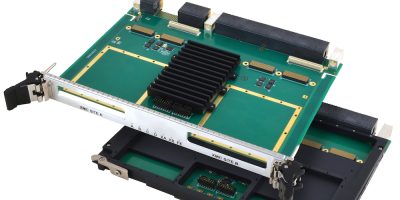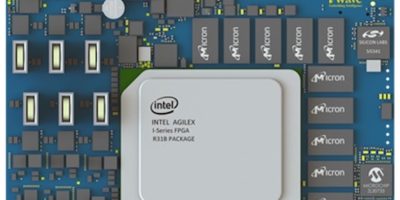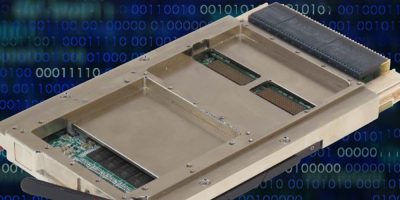VPX carriers introduced by Acromag route power and bus signals to two plug-in XMC mezzanine modules with a 16-lane Gen 3 PCIe interface. The VPX4840 and VPX4850 enable a range of FPGA, GPU, I/O and CPU combinations when interfacing XMC modules to a VPX computer system.
The VPX4840 and VPX4850 feature two XMC slots with support for front or rear panel I/O. They are available with VITA 42, VITA 61, or VITA 88 connectors to route power and interface bus signals to the plug-in mezzanine modules. Both models support a choice of direct PCIe connection to the VPX backplane via the data or expansion plane.
The XMC sites have a 16-lane PCIe bus Gen A3 interface enabling rapid data throughput. By inserting XMC mezzanine modules on the carrier, including XMC processor (prXMC) modules, developers can leverage hundreds of available function modules currently unavailable in a VPX platform, said Acromag.
“With two XMC sites, system integrators can combine FPGA, GPU, I/O, avionics, communication, and even prXMC modules to create custom computing boards in a single slot” said Robert Greenfield, Acromag’s bsiness development manager.
Air-cooled models with a 0 to +55 degrees C temperature range, versions with extended temperature ranges or conduction cooling support are also available.
Designed and manufactured in the USA the carriers are suitable for high-performance aerospace, defence, scientific research and industrial systems requiring high-speed I/O.
Founded in 1957, Acromag designs and manufactures hi-tech industrial electronics. The international corporation’s headquarters are near Detroit, Michigan and the company has a global network of sales representatives and distributors.
Acromag offers embedded computing including general purpose I/O boards, single-board computers, FPGA modules, embedded computers, COM Express products, mezzanine modules, wiring accessories, and software. Industries served include military, aerospace, manufacturing, transportation, utilities, and scientific research laboratories.







